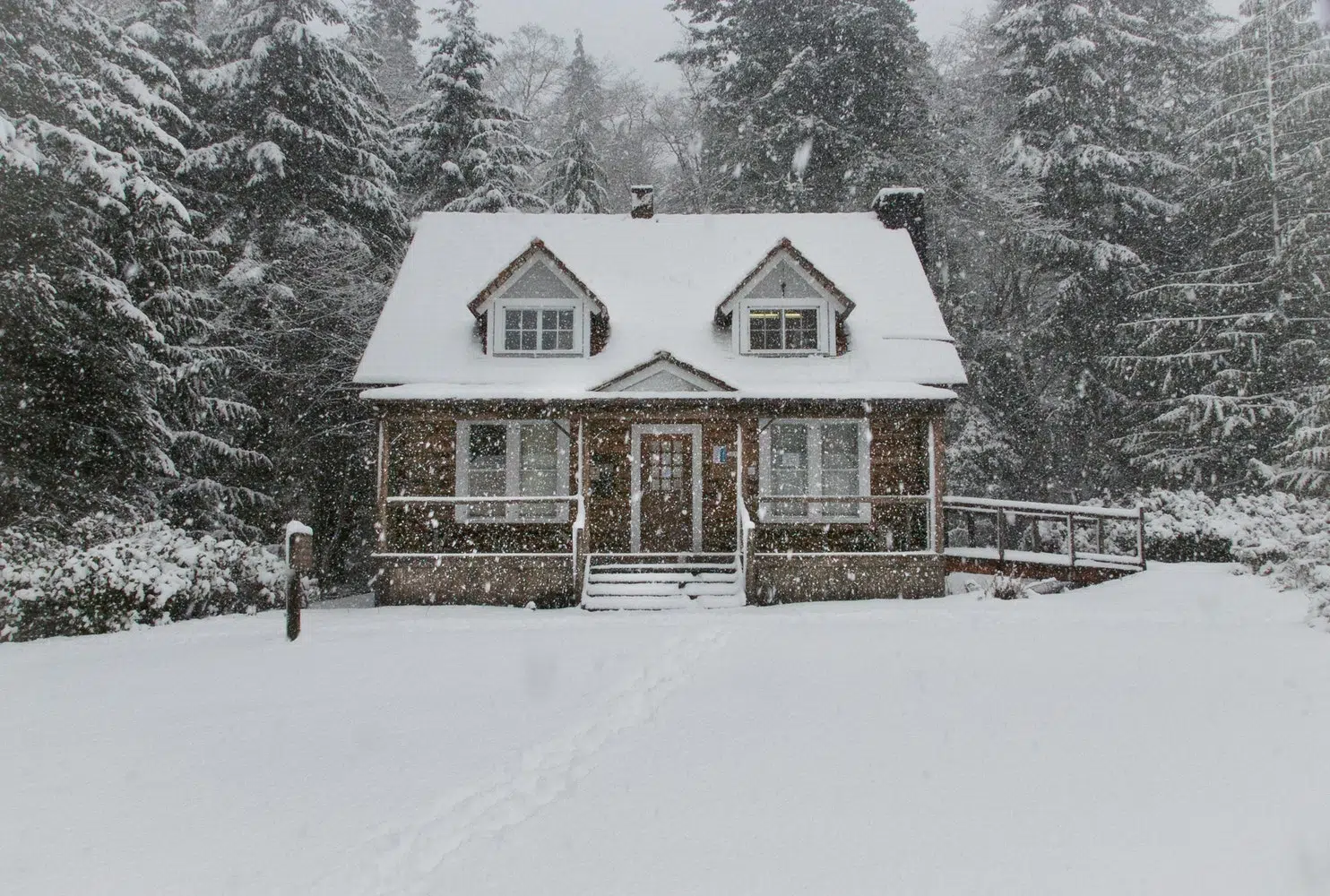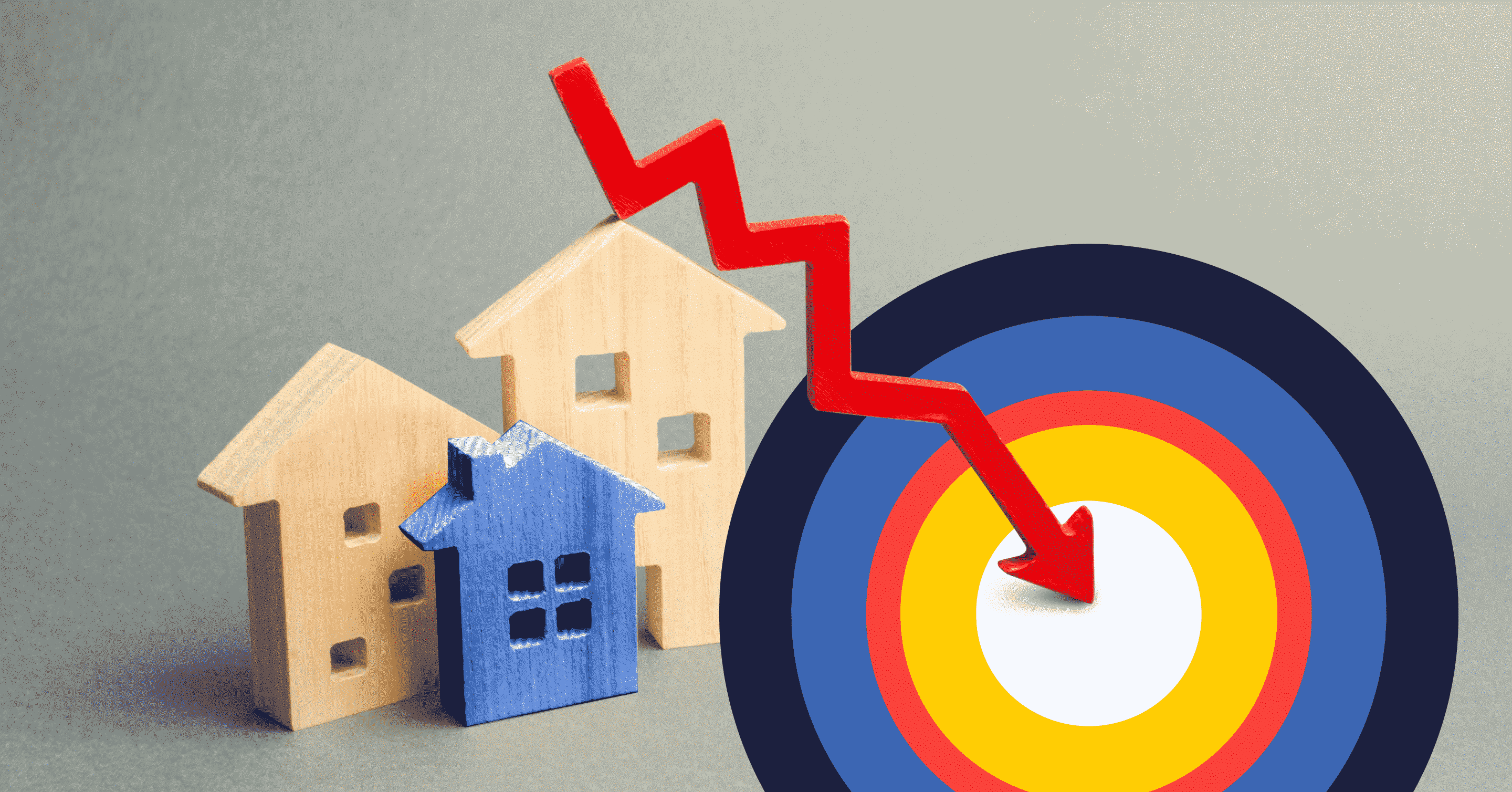Options to Finance Your Home Renovations

Home renovations can increase your property value, improve your living space, and make your home feel more like home. However, before you start any renovations, you need a clear plan for how to pay for them. Whether you are planning a minor update or a major remodel, the right financing option can help you achieve your goals without overextending your budget.
Key Takeaways
- There are multiple ways to finance renovations, including savings, loans, refinancing, and home equity options.
- Federal and provincial programs can reduce renovation costs for some upgrades, saving you money.
- The best option depends on your renovation size, budget, repayment strategy and mortgage terms.
Understanding Your Renovation Financing Options
When it comes to paying for home upgrades, homeowners have a variety of choices. The ideal option will depend on factors like the total cost of your project, your home’s current value, available equity, and your timeline. Some homeowners prefer to pay in cash and avoid interest costs, while others prefer the flexibility of loans or the incentives from using credit cards.
Government incentives can also help you reduce costs, depending on the type of upgrade, particularly when energy-efficient upgrades are part of your renovation plans. Homeowners looking to finance a home renovation can consider:
- Using personal savings as an interest-free payment option.
- Borrowing through secured or unsecured loans, including personal loans and lines of credit.
- Leveraging home equity through a refinance or HELOC.
- Taking advantage of government programs, where available, to lower total project costs.
Personal Savings
For many homeowners, paying for renovations using personal savings is the most straightforward way to finance renovations. If your total costs are relatively modest, paying in cash can be the most cost-effective and convenient choice. Using savings helps you avoid interest charges, additional fees, and the need to make repayments. There’s also no need to delay while you wait for lender approval to get financing in place.
However, while it may be appealing to avoid taking on more debt, draining your savings has risks. Without a cushion, you are left without a safety net in the event of other unexpected expenses or emergencies. Before tapping into your savings, ensure you still have a healthy amount set aside, ideally 3 to 6 months of essential living expenses that you won’t touch for renovations.
Credit Cards
While credit cards shouldn’t be your primary financing tool for a major renovation, they can be helpful for smaller, short-term expenses. If you need to buy materials, fixtures or appliances, using a credit card can be a good option over cash. Many cards offer cash-back rewards, travel points, or extended warranty coverage on purchases, which can add extra value to your renovation spending. Some cards may also offer promotional low-interest or 0% balance transfer offers, which can help you save on interest costs.
The key to using credit cards for renovations is discipline. Interest rates on most cards are high, ranging from 19% to 24% so carrying a balance even for a few months can erase any rewards earned and significantly increase your renovation costs. This approach works best for homeowners who have the cash set aside to pay off the balance before it’s due and simply want to benefit from credit card perks.
Home Equity Lines of Credit (HELOCs)
A HELOC allows you to borrow against your home equity. This option works like a revolving line of credit, allowing you to advance funds as needed and pay interest only on the amount you borrow. Many homeowners choose HELOCs for large-scale renovations because of their flexibility and relatively low variable interest rates compared to other types of loans and credit products.
The total amount you can borrow as the revolving credit portion will depend on the equity you have in your home. For example, if you originally had an $800,000 mortgage and have $500,000 remaining to pay off, you could borrow up to 80% of your home’s value or $140,000 to use for home renovations.
How do you calculate the home equity available for renovations?
$800,000 x 80% = $640,000
$640,000 – $500,000 = $140,000
Because interest rates on a HELOC are variable, your payments can increase if rates go up. This credit facility is also secured against your home, meaning missed payments could put your property at risk. Homeowners who choose a HELOC for renovations should budget carefully, keep borrowing to only the amount they need, and have a plan in place to pay down the balance. Converting your HELOC into a term loan similar to your mortgage is another option for strategically paying back the principal, and not just the interest.
Mortgage Refinance
Refinancing your mortgage can allow you to borrow funds for renovations, leveraging the equity in your home. A mortgage refinance involves breaking your current mortgage and replacing it with a new one. You can also add to your mortgage balance at renewal, which is still called a refinance, but it allows you to avoid paying a penalty for breaking the mortgage early.
The advantage of refinancing your mortgage is that rates are typically lower than those on unsecured loans or lines of credit, making it more cost-effective to finance larger projects. Refinancing allows you to have one repayment since the additional debt becomes part of your mortgage, allowing you to pay it off over a longer timeframe.
However, refinancing at the beginning or middle of your term could come with significant prepayment penalties as well as other fees. A good rule of thumb is to calculate the total cost of borrowing, including all fees, before committing to a refinance. There may be better alternatives, such as blending and increasing your mortgage, if the penalty costs outweigh any potential savings from having a lower interest rate.
Purchase Plus Improvements Mortgages
If you’re buying a home that needs immediate work, a Purchase Plus Improvements (PPI) mortgage can roll the cost of renovations into your mortgage from the start. Insurers like CMHC, Sagen, and Canada Guaranty back this mortgage product. This financing approach can allow homeowners to purchase a fixer-upper and customize it without taking on separate renovation debt.
For this type of mortgage, you will be required to submit contractor quotes upfront, and funds are only released when the work is completed. This means you will need to have the cash savings upfront or other credit available to fund the renovations before you are reimbursed. Each of the default insurers’ PPI programs has strict lending limits and guidelines, so it’s best to consult a mortgage expert before moving forward with this financing option for your home purchase.
Unsecured Loans and Lines of Credit
Unsecured loans or lines of credit can be beneficial for homeowners who either lack sufficient equity in their home or want to keep their mortgage separate from renovation costs. Personal loans have fixed terms and predictable payments, making budgeting easier. Lines of credit allow flexible borrowing and repayment, making them ideal for ongoing or variable cost projects.
However, unsecured credit often has higher interest rates than options secured by your mortgage. This makes them more expensive to carry over time, so these options are better suited for smaller projects or short-term financing that can be paid off quickly.
Government Grants, Rebates, and Incentives
Federal, provincial, and municipal governments offer programs to encourage certain types of home renovations that improve energy efficiency, accessibility, or sustainability. Additionally, some utility companies offer programs or rebates for qualifying homeowners, helping to cover the costs of some energy-efficient home upgrades.
These incentives can significantly reduce your project’s total cost when combined with other financing methods, and they’re worth investigating early in the planning process. Always check eligibility requirements, as many programs require a home assessment and pre-approval before work begins.
For example, the Canada Greener Homes Loan provides interest-free financing for energy-efficient upgrades, allowing you to finance up to $40,000 for eligible retrofits. If these improvements were already part of your renovation plan, taking advantage of this program can be a smart way to cover part of the costs while reducing the amount you need to borrow elsewhere, helping you save on overall interest charges.
Choosing the Right Financing Strategy
The best approach to financing home renovations depends on the total cost of the project, interest rates, repayment terms, and how the additional debt fits into your long-term mortgage strategy. It’s also valuable to consider your risk tolerance when assessing which financing strategy is best for you.
Consider where you are in your current mortgage term, how long you plan to remain in your home, your ability to handle potential increases in interest rates, and whether you qualify for grants or interest-free loans that could lower your total borrowing costs. A blended approach, combining some of the financing options you have available, can sometimes be the most cost-effective approach to save on long-term interest costs.
Frequently Asked Questions (FAQ) About Home Renovation Financing Options
What is the cheapest way to finance a home renovation in Canada?
If you have the funds available, using personal savings avoids interest costs altogether. Among borrowing options, adding a HELOC through mortgage refinancing often comes with the lowest interest rates, as it is secured against your property value. If your home renovations qualify for any government grants, incentives or loans, leveraging these programs could also help reduce total borrowing costs.
Is a HELOC better than a personal loan for renovations?
A HELOC usually has lower rates since they are secured against your home. They also allow for more flexible repayment. Unsecured personal loans have fixed payments and don’t require collateral, but rates are typically higher.
How much can I borrow with a HELOC or refinance?
Typically, you can borrow up to 65% of your home’s appraised value for a HELOC, or up to 80% when combined with your mortgage. Refinancing follows similar combined loan-to-value (LTV) limits.
Final Thoughts
Financing a renovation is about more than just finding the lowest rate; it’s about aligning your funding choice with your goals, budget, and mortgage strategy. By comparing options like HELOCs, refinancing, government incentives, and personal loans, you can choose a strategy that supports your renovation goals without creating financial strain.
A nesto mortgage expert can help you compare financing paths and build a plan that matches your timeline and budget. Connect with nesto today to create a renovation financing strategy that works for you.
Why Choose nesto
At nesto, our commission-free mortgage experts, certified in multiple provinces, provide exceptional advice and service that exceeds industry standards. Our mortgage experts are salaried employees who provide impartial guidance on mortgage options tailored to your needs and are evaluated based on client satisfaction and the quality of their advice. nesto aims to transform the mortgage industry by providing honest advice and competitive rates through a 100% digital, transparent, and seamless process.
nesto is on a mission to offer a positive, empowering and transparent property financing experience – simplified from start to finish.
Contact our licensed and knowledgeable mortgage experts to find your best mortgage rate in Canada.
Ready to get started?
In just a few clicks, you can see our current rates. Then apply for your mortgage online in minutes!



